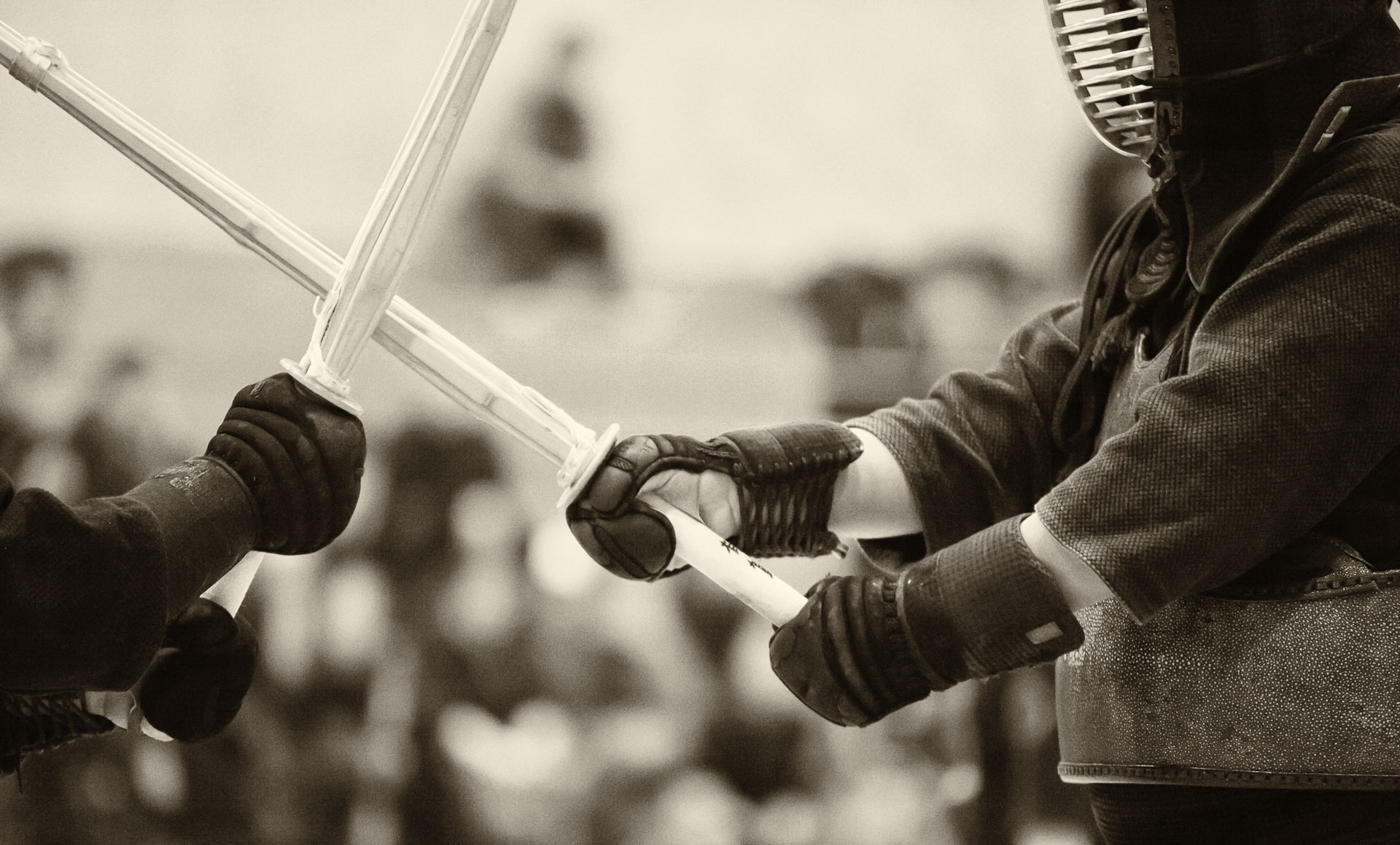
My favourite colour is blue. Or maybe, purple, because in painting, it can appear either cool or warm, depending on the adjacent colours. Naturally, I find the colour indigo, which is between blue and purple in the electromagnetic spectrum, fascinating, with all its history and applications in art (fashion) and martial arts.

 The indigo dye was developed in India, and it was a very rare commodity in Europe in the middle ages. During Napoleonic wars, which coincided with the development of technology that allowed mass production and dyeing of fabrics, the French uniforms
The indigo dye was developed in India, and it was a very rare commodity in Europe in the middle ages. During Napoleonic wars, which coincided with the development of technology that allowed mass production and dyeing of fabrics, the French uniforms (habit à la française) were dyed with indigo.
(habit à la française) were dyed with indigo.
In Japan, the import of silk from China was restricted during various prolonged periods, and cotton was difficult to dye with anything, except indigo. Over time, an intricate process, indeed an art form in itself, of indigo dyeing was developed. There is a belief that indigo dye repels bacteria and insects. Probably, for that reason, practice uniforms for kendo (keiko go) are traditionally coloured with indigo.
was developed. There is a belief that indigo dye repels bacteria and insects. Probably, for that reason, practice uniforms for kendo (keiko go) are traditionally coloured with indigo.
Nowadays, indigo is often used to colour denim fabric. Interestingly, the much thought-after Japanese denim is often made on vintage shuttle looms, developed by Toyoda company in the 1920s. These looms are slow and produce a nonuniform fabric by today’s standards, but for denim, this is a valuable feature, as slight variations and imperfections is what makes the jeans unique.
is often made on vintage shuttle looms, developed by Toyoda company in the 1920s. These looms are slow and produce a nonuniform fabric by today’s standards, but for denim, this is a valuable feature, as slight variations and imperfections is what makes the jeans unique.

I took some macro photos of the fabric of two pairs of jeans that I own: a factory-distressed pair bought as a souvenir while I was on sabbatical in Japan (I was lucky to find a size that fit) and a brand new “raw” denim pair (i.e. it has not been washed after dyeing). True denim enthusiasts are rumoured to go month or even years before washing their raw jeans in order to develop the wear patterns that are unique to the wearer. I don’t think I will go that far (my kendo keiko gi is sufficiently sweaty, so I would rather keep my other clothes relatively clean), but breaking in the new jeans will be a fun little project, even just for observing the changing hue of the indigo dye. Perhaps, I will take more closeup shots of the fabric to record the process.
I don’t think I will be able to reproduce the cool wear patterns of the pre-distressed jeans, but it is neat to know that they will be will be one-of-a-king and, in a very direct way, an expression of my lifestyle.





























